In today’s crowded online world, relying on just one marketing channel is like putting all your money into a single stock. You might get lucky and see short-term gains, but if that one investment falters, the whole portfolio suffers. Smart investors diversify, and so should marketers.
Each new marketing channel you add is like another asset class in your portfolio: email provides steady returns, social media offers high engagement potential, SEO compounds over time, and paid ads deliver quick liquidity. A multi-channel marketing plan distributes your investment across various touchpoints, balancing risk, maximizing reach, and fostering long-term brand growth.
If you’re ready to see how an integrated marketing approach can elevate your nonprofit’s visibility and impact, book a free discovery call with Nonprofit Megaphone today. Our team specializes in developing strategies that help nonprofits thrive.
Why a Single Channel Isn’t Enough
You may have strong email campaigns or an active social media presence, but relying on one platform limits your reach. Supporters move across different spaces — they might discover you on Google, follow you on Instagram, and donate through an email appeal. Without a connected digital marketing strategy, you miss out on opportunities to connect.
Each channel offers unique advantages:
- Search ads and SEO help new audiences find you through intent-driven searches. When optimized and supported by the Google Ad Grant for nonprofits, these tools can put your mission in front of people who are already looking for causes like yours, boosting awareness and attracting high-quality traffic to your website.
- Email marketing nurtures existing supporters by delivering personalized updates, appeals, and impact stories directly to their inboxes. It’s one of the most effective ways to build loyalty and encourage repeat engagement, from donations to event participation.
- Social media creates real-time connections and opportunities for storytelling. Platforms like Instagram, Facebook, and LinkedIn allow you to share visuals, celebrate milestones, and interact with followers on a more personal level.
- Content marketing establishes authority and trust by offering valuable resources such as blogs, videos, or guides. Consistently publishing thoughtful content helps position your nonprofit as a knowledgeable leader in its field, building credibility that encourages long-term support.
To harness them effectively, your online marketing strategy must blend these efforts into one cohesive plan.
Want to explore which channels will work best for your mission? Reach out to our experts, and we’ll help design a plan that fits your goals!
Understanding the Multi-Channel Approach
Multi-channel marketing means engaging your audience through multiple platforms while maintaining a unified message. When done right, it creates a cross-channel marketing experience where each touchpoint reinforces the next.
Customer journey mapping helps visualize this process, showing how people interact with your nonprofit across various platforms.
For example:
- A new supporter searches for a cause on Google and clicks on your website.
- They sign up for your newsletter or have their email captured through a visitor email service, joining your email list.
- You send a personalized welcome email with information on how to get involved or donate.
- The supporter reads a blog post or resource on your site that deepens their understanding of your mission.
- They receive a retargeted ad or social post reminding them about an upcoming event or campaign.
- Finally, the supporter donates or attends an event, completing a seamless journey resulting in a meaningful action.
By applying thoughtful marketing ideas across multiple channels, you can create a cohesive experience that guides supporters naturally from discovery to engagement.
The Benefits of Multi-Channel Marketing
Using a multi-channel marketing approach is like planting a garden. Each channel is a different seed: some grow quickly, others take time to flourish, but together they create a thriving, balanced ecosystem.
Here are some of the biggest advantages:
- Increased Visibility: By being present across search, social, email, and more, you meet supporters where they already are. According to Harvard Business Review, about 73% of customers use multiple channels before deciding to make a purchase.
- Better Engagement: Repeating your message across channels strengthens recall and builds trust. Supporters are more likely to remember your mission if they see consistent messaging.
- More Accurate Insights: By tracking data across multiple channels, you gain a more complete picture of how supporters interact with your nonprofit.
- Higher ROI: Implementing a unified, cross-channel marketing strategy can significantly enhance your return on investment. Research indicates that marketers utilizing four to six different marketing channels in their campaigns experienced an average increase of 84% in response rates, leading to a substantial improvement in ROI compared to those employing only one or two channels.
- Reduced Risk: If one channel underperforms (for example, if organic traffic dips), others can maintain your momentum.
Together, these benefits create a resilient, data-driven marketing ecosystem that amplifies nonprofit impact, deepens supporter relationships, and ensures long-term sustainability.
Building a Cohesive Multi-Channel Strategy
A cohesive strategy ensures that every platform works together toward your mission. Here’s how to start:
- Define Your Goals: Start with clarity. Are you aiming to raise awareness, increase donations, or recruit volunteers? Setting measurable goals gives every channel purpose and helps you decide where to focus your time and budget.
- Know Your Audience: Understand who you’re trying to reach and where they spend time online. Use analytics and surveys to learn which messages and platforms resonate the most.
- Develop Consistent Messaging: Align your visuals, tone, and calls-to-action across channels so supporters experience one unified brand. Whether someone finds you through a Google search or social media, your mission should shine through clearly.
- Leverage Data: Use analytics to see which channels drive engagement, track conversions, and identify areas for improvement. Integrating AI-powered SEO and automation tools can reveal insights and help you adapt quickly as new digital marketing trends emerge.
- Integrate Tools: Connect your email, social, and ad platforms to create a seamless workflow. When your systems talk to each other, you can coordinate campaigns, personalize outreach, and measure results with confidence.
Need help stitching it all together? Consult with our digital marketing experts to create a cross-channel plan that turns one-time clicks into long-term supporters.
The Power of a Unified Digital Presence
In an era where attention is fragmented, a multi-channel marketing approach ensures your message stays visible, consistent, and effective. By integrating your digital marketing strategy across search, social, email, and content, you can create a seamless supporter experience that inspires action and loyalty.
Nonprofit Megaphone specializes in helping mission-driven organizations amplify their impact through expert digital marketing, including Google Ad Grants, SEO, content creation, and email campaigns. If you’re ready to expand your reach, increase engagement, and maximize your online presence, schedule a discovery call and start building a smarter, stronger, and more connected digital strategy today.
.svg)


.svg)
.svg)
.svg)

.avif)





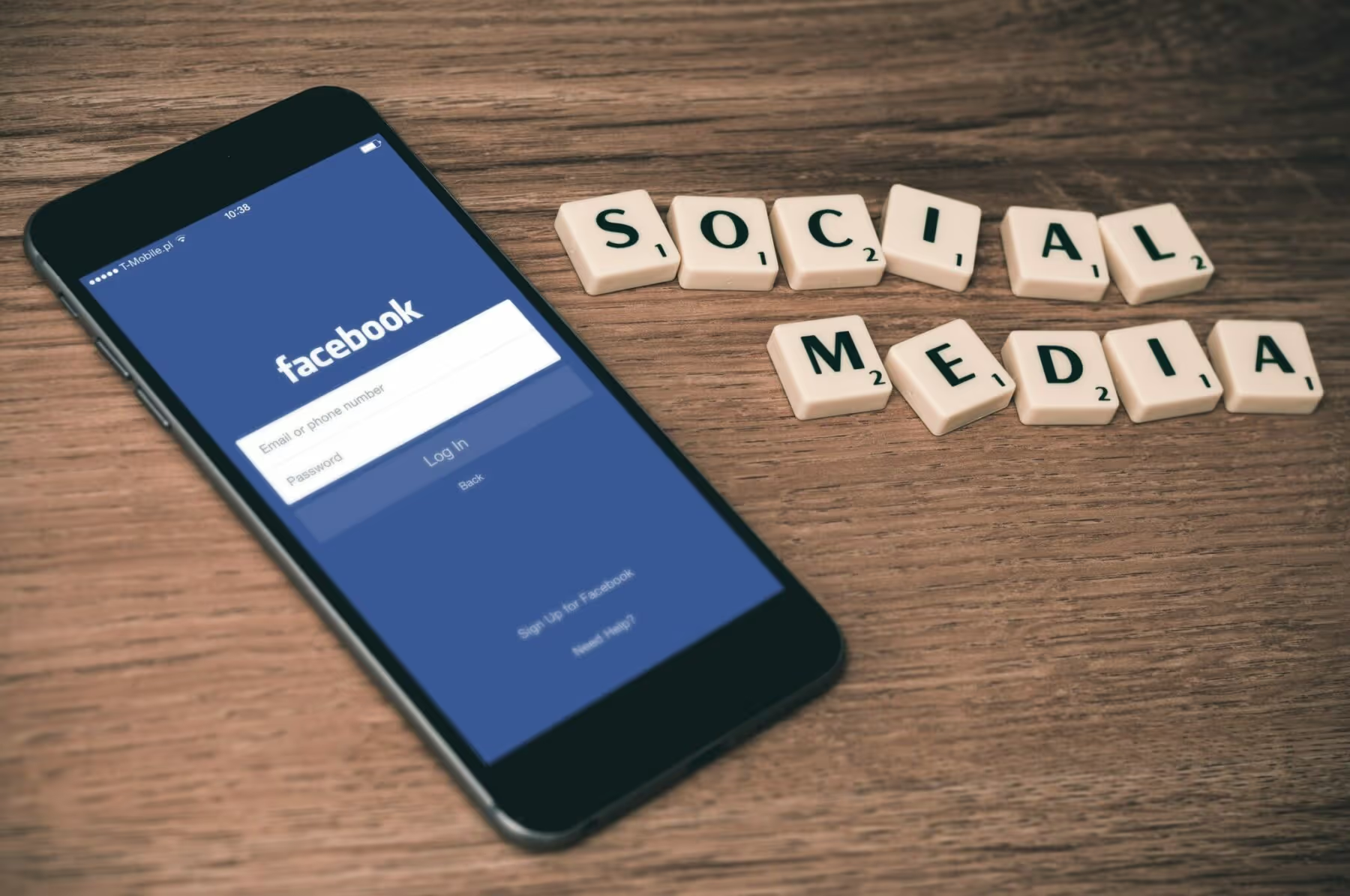
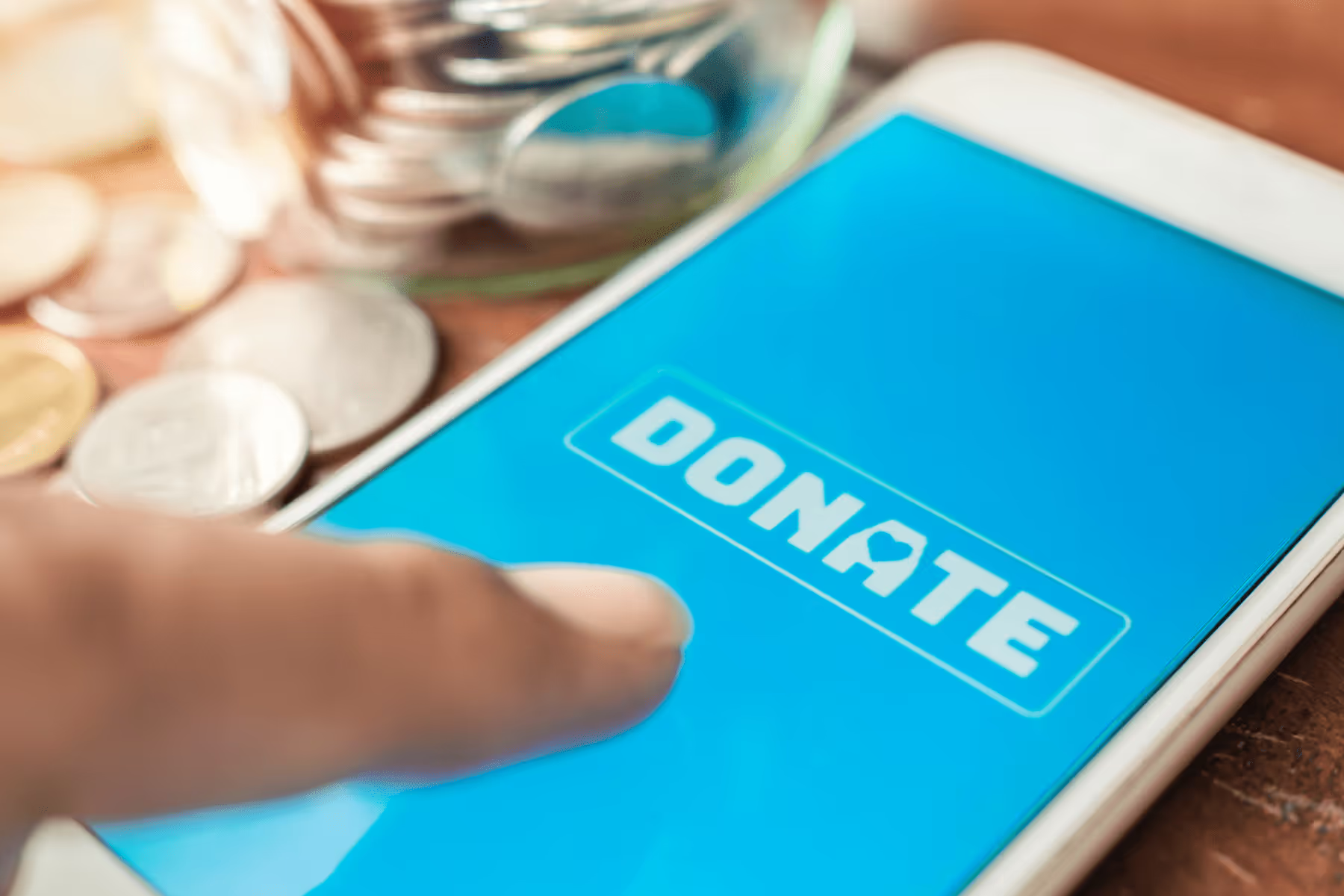


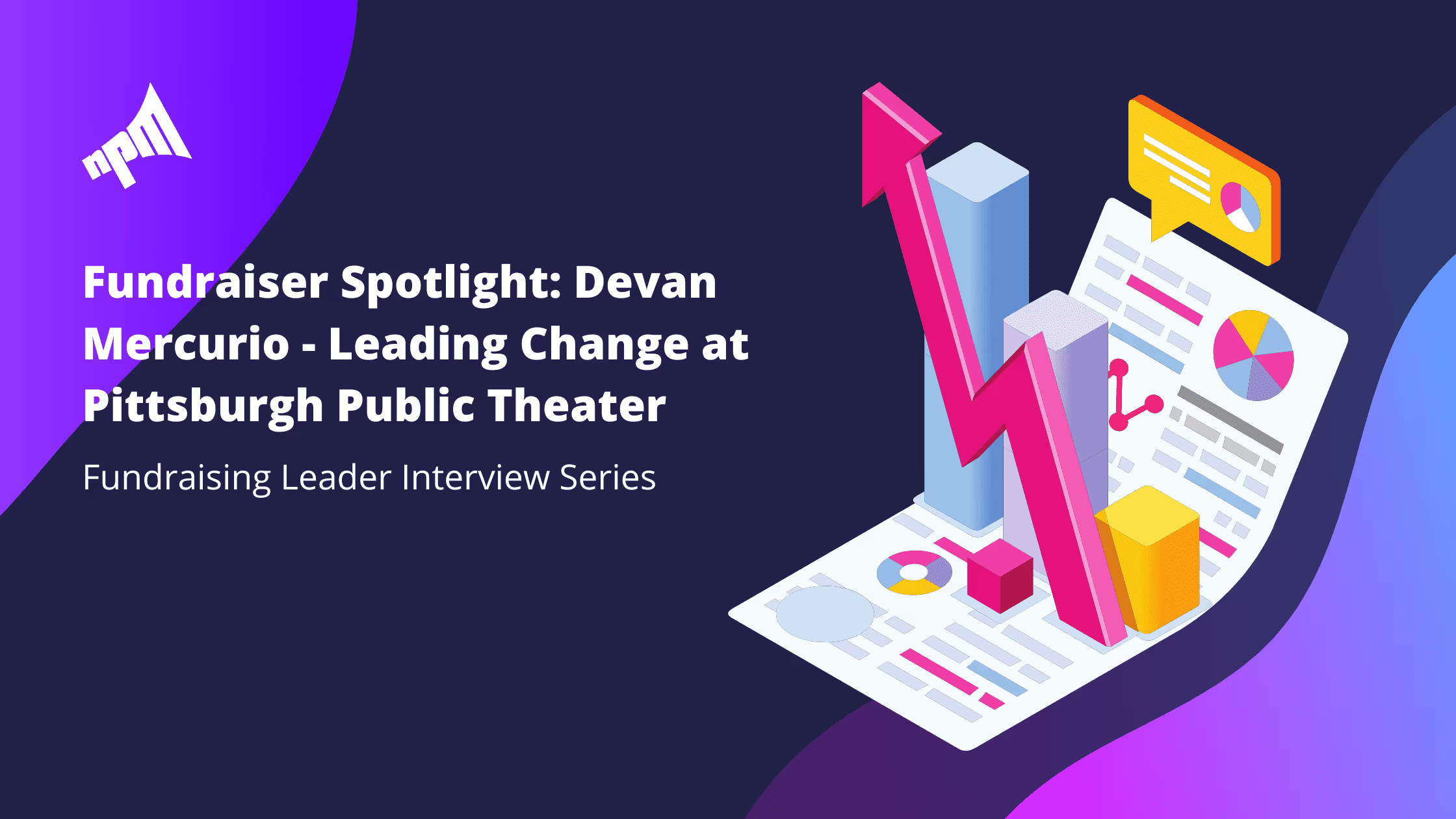






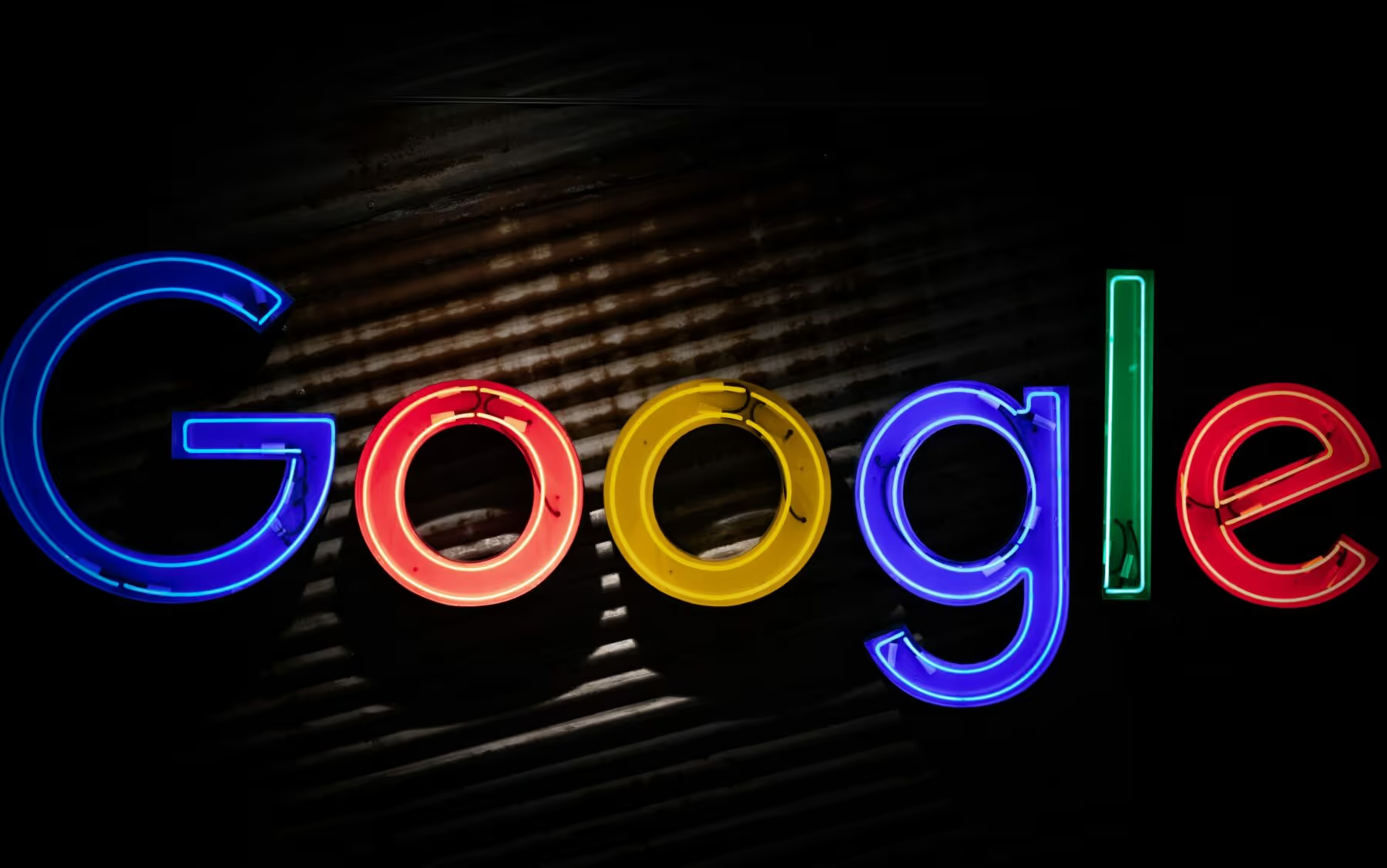















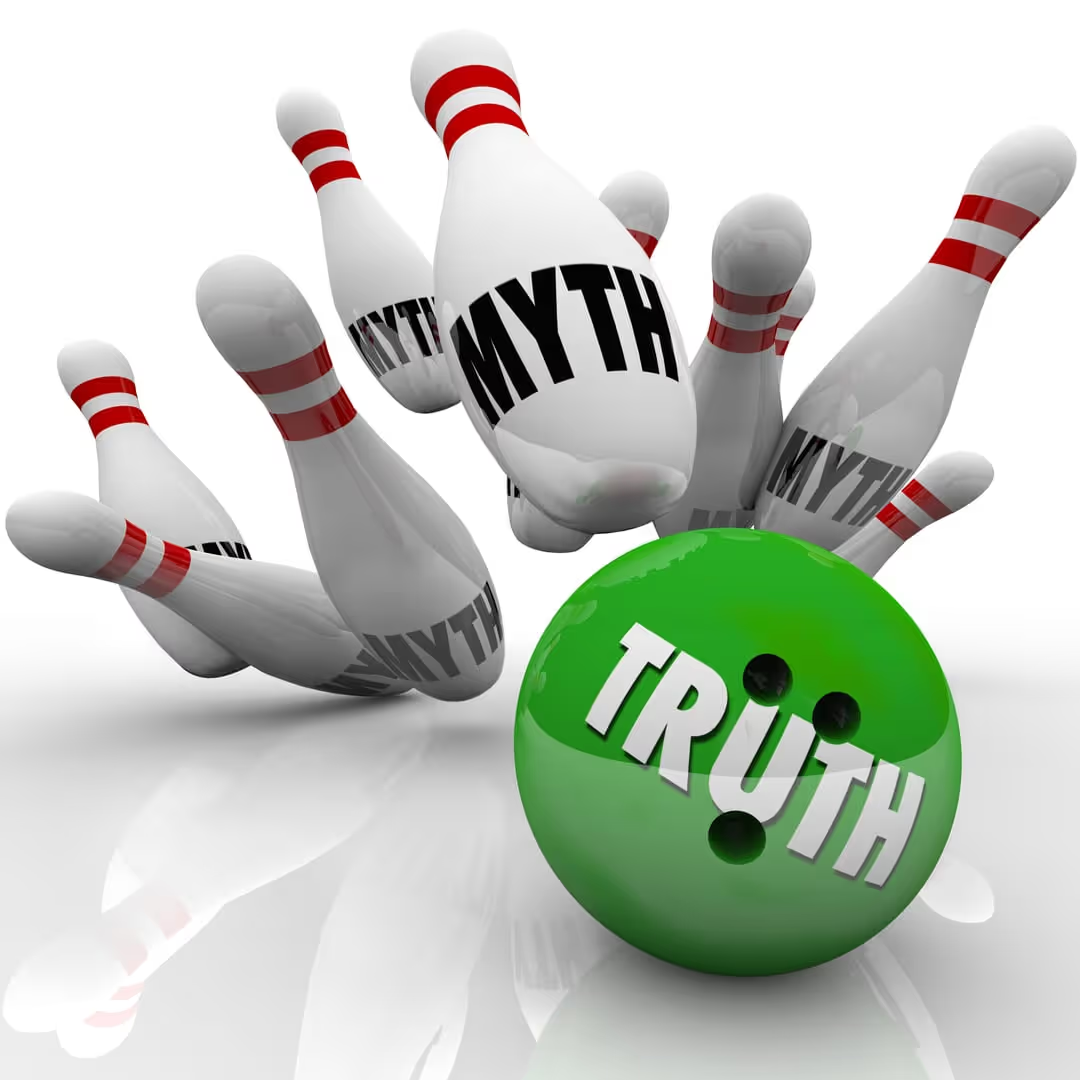

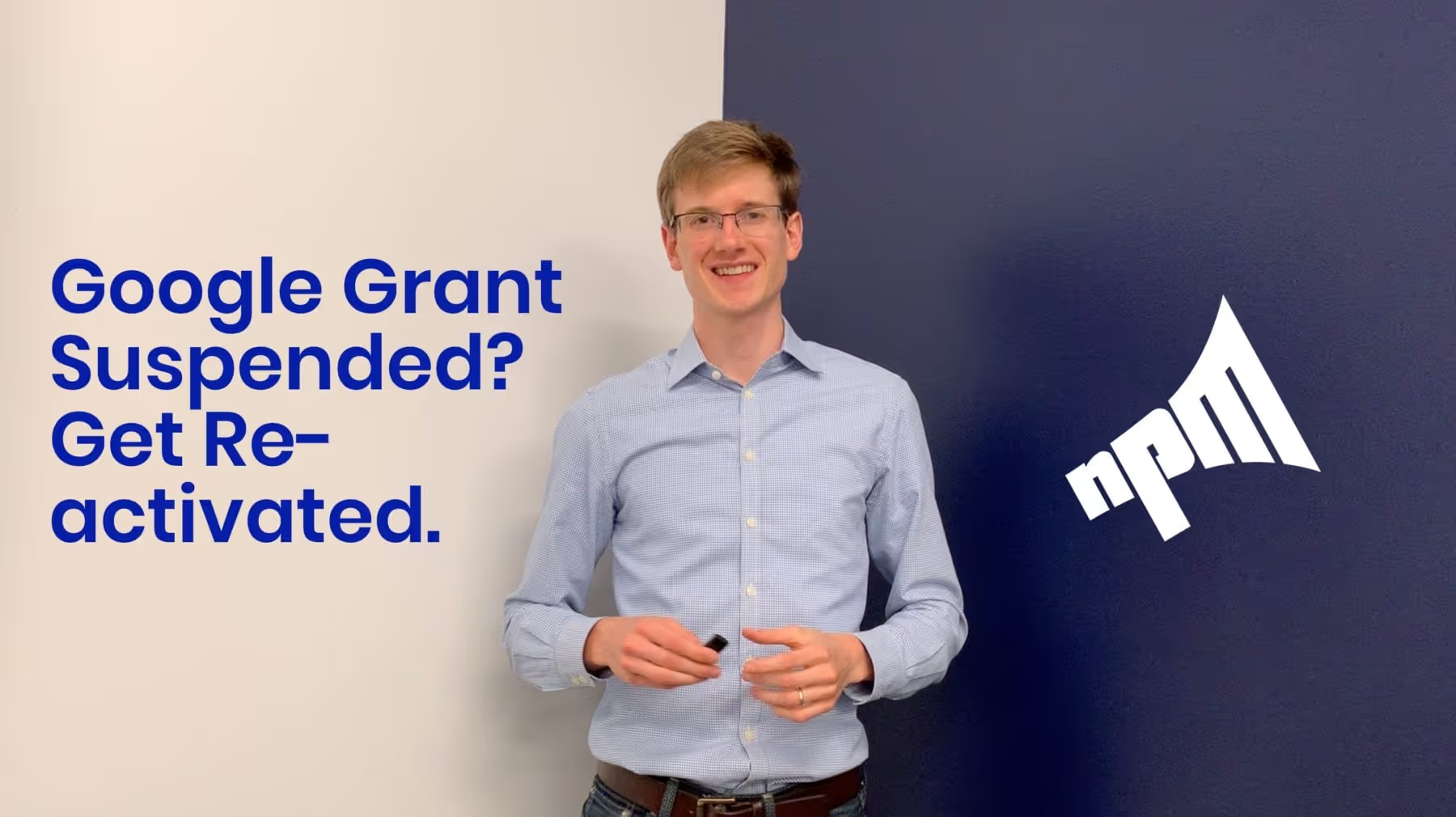


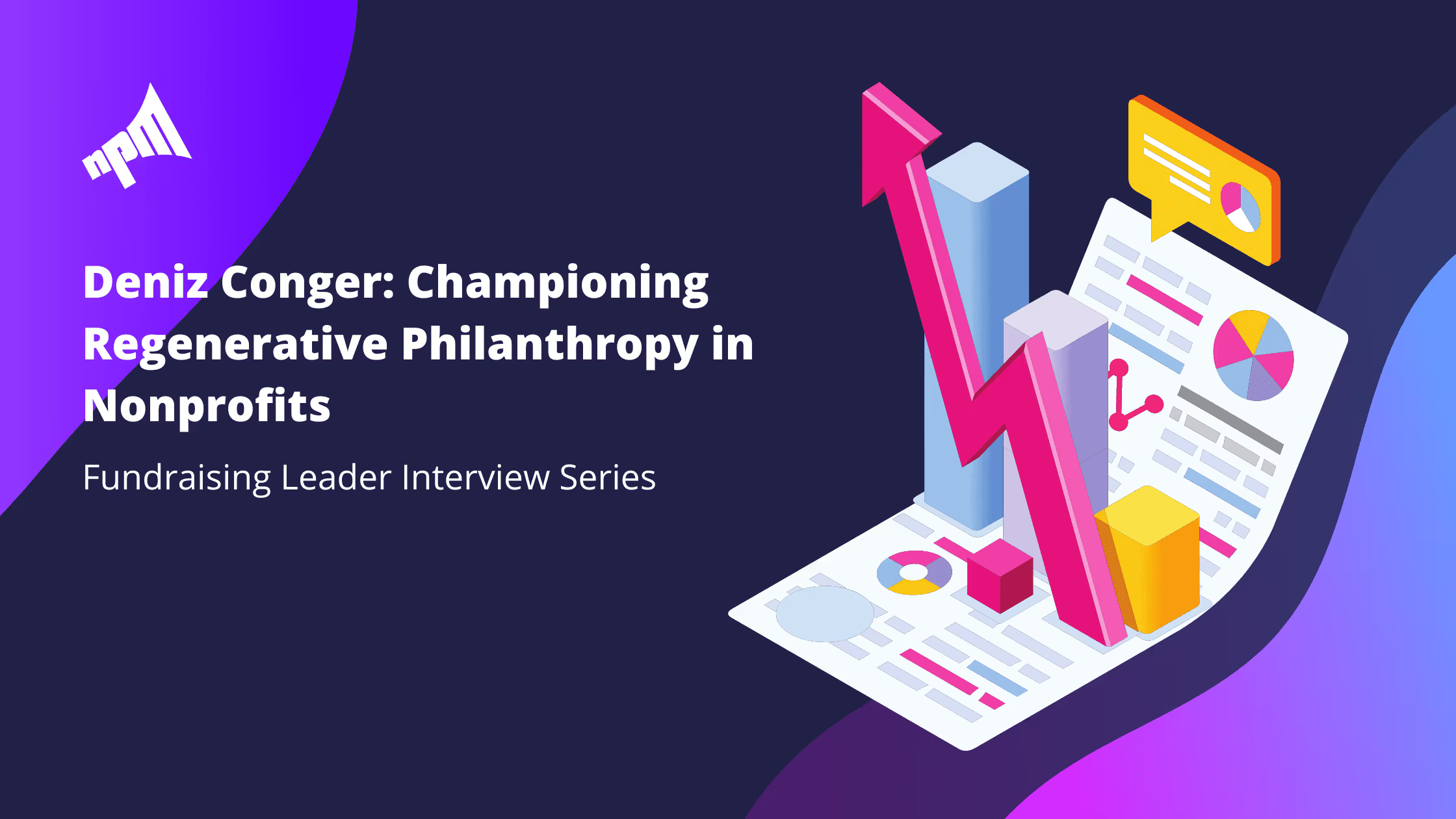
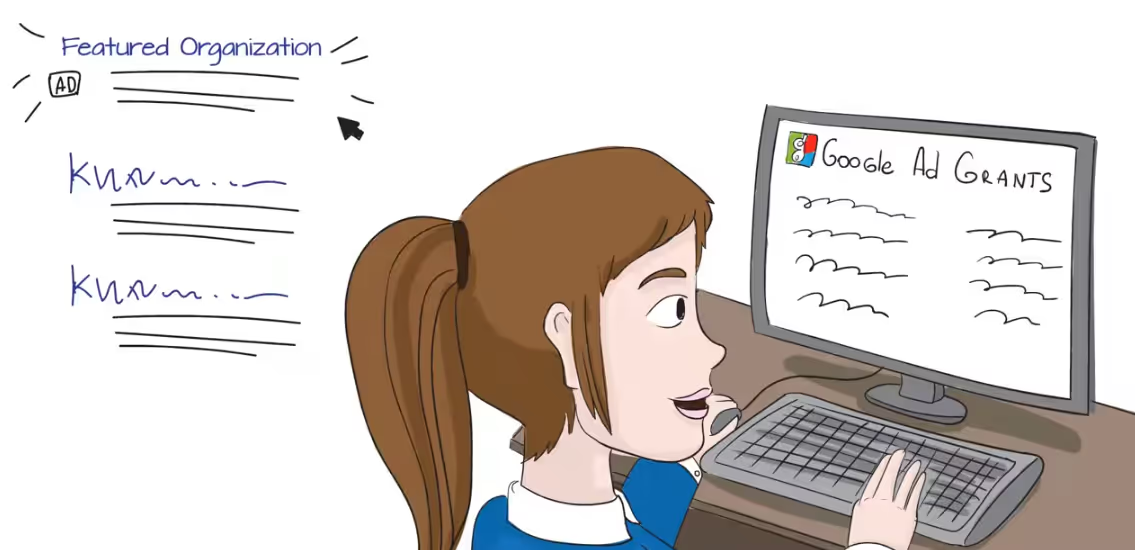

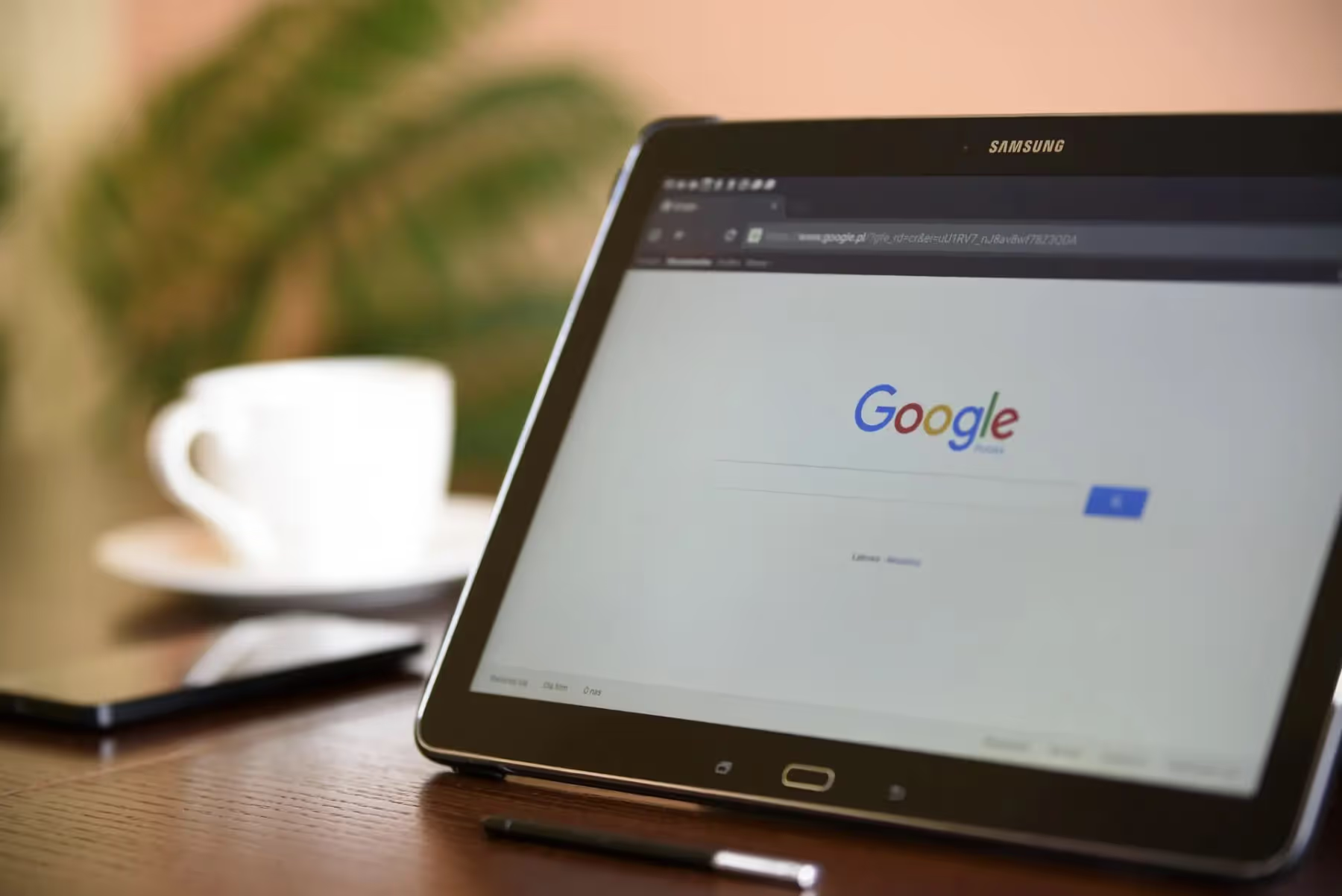

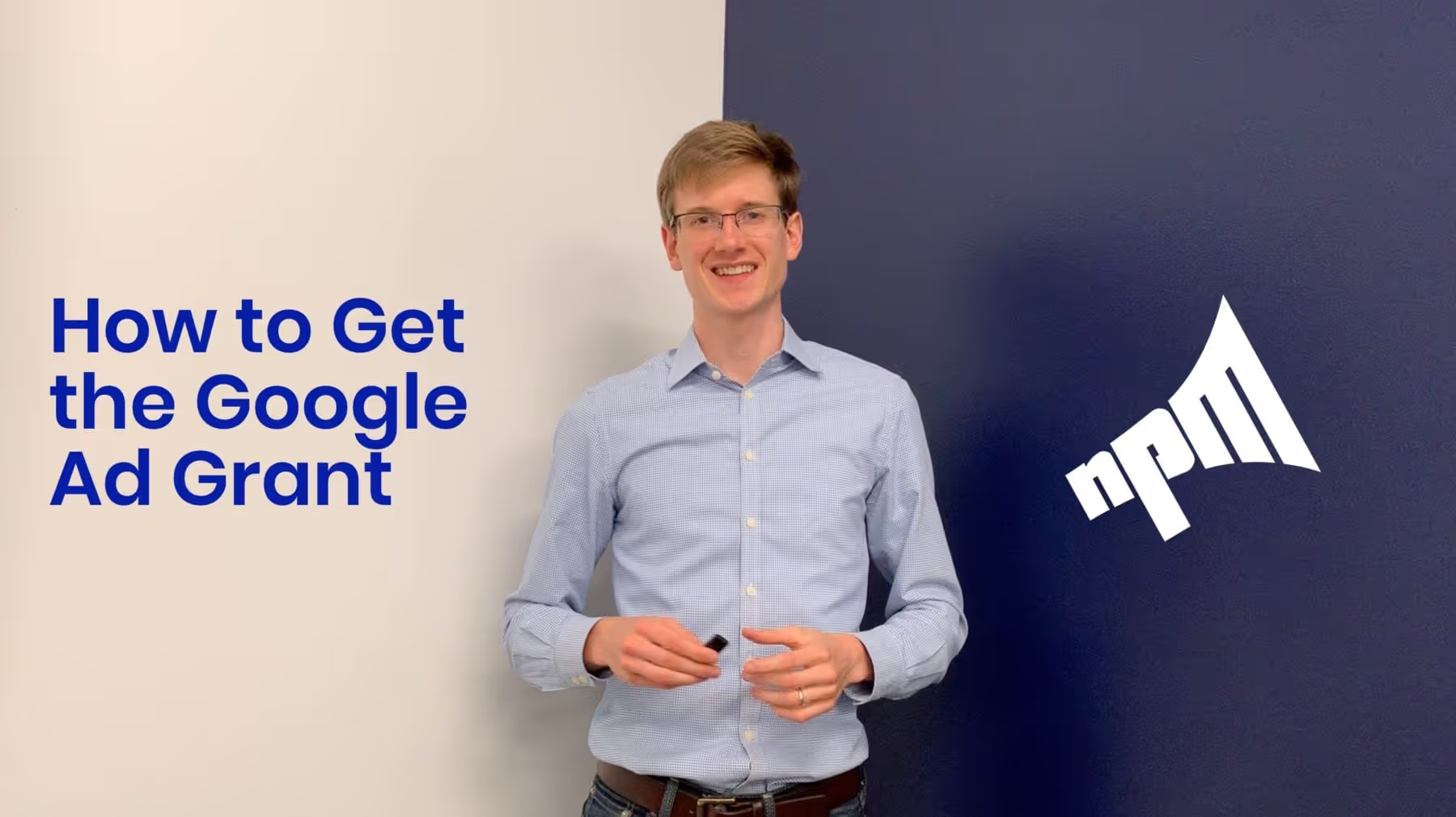



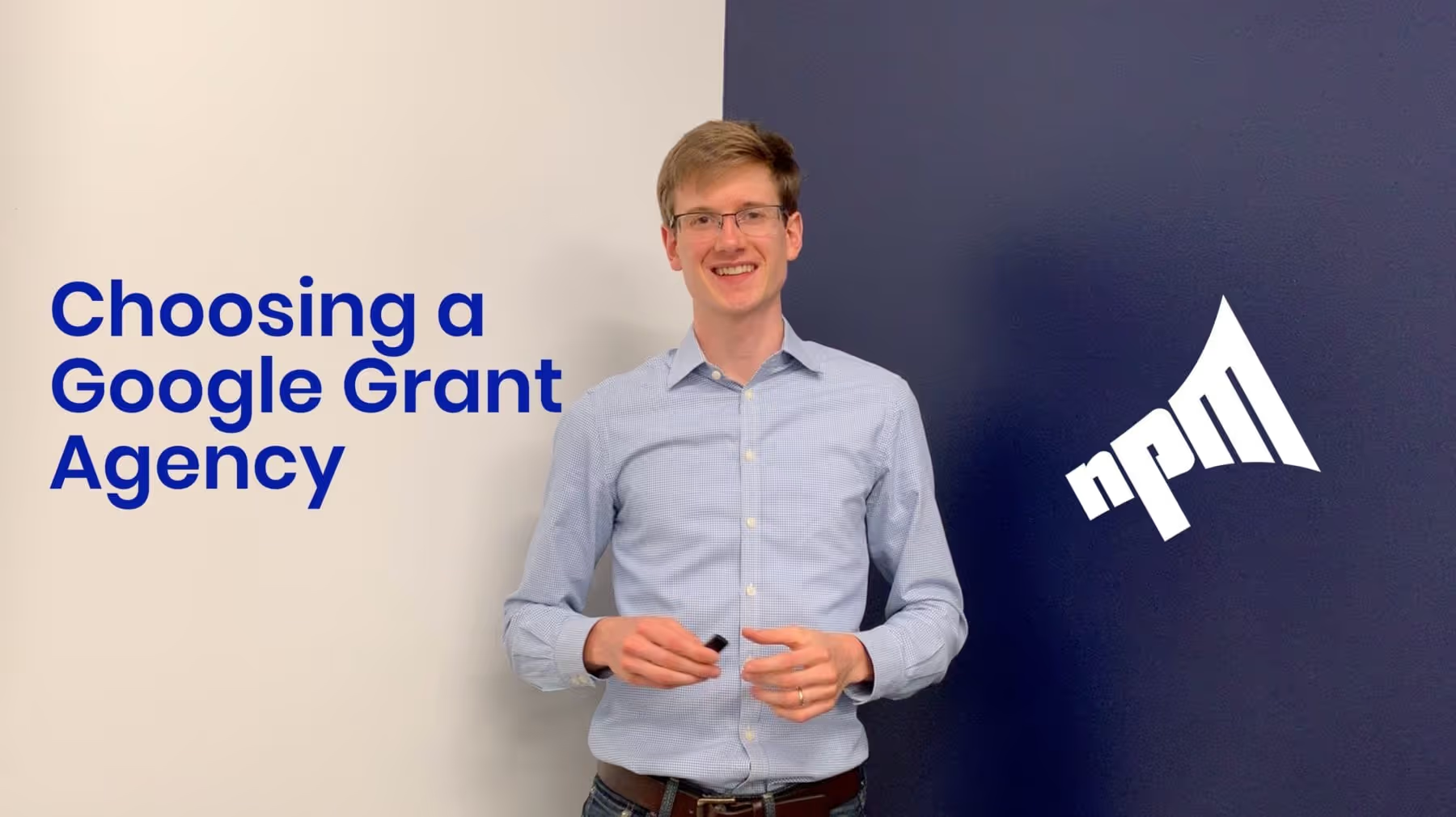
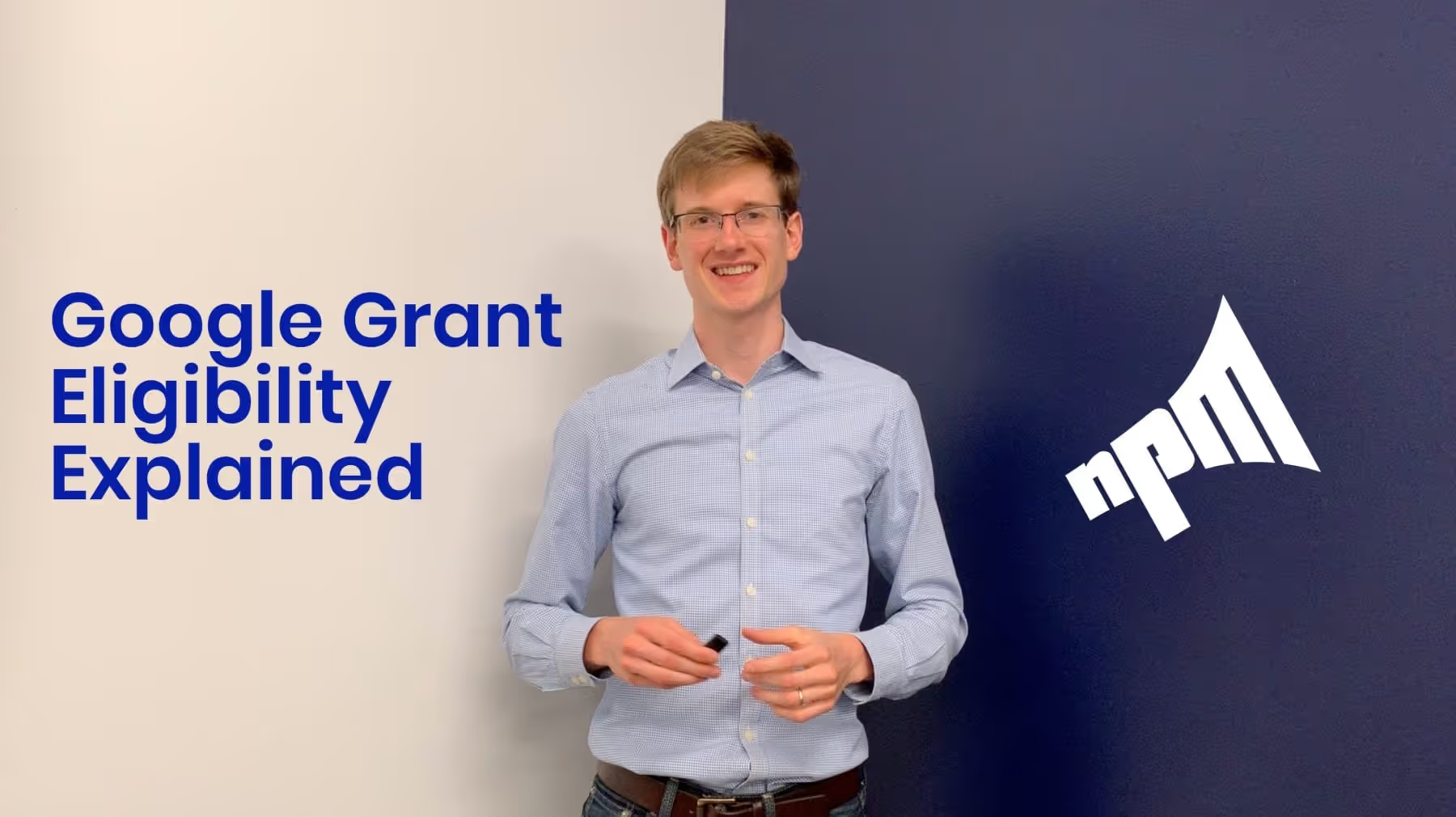



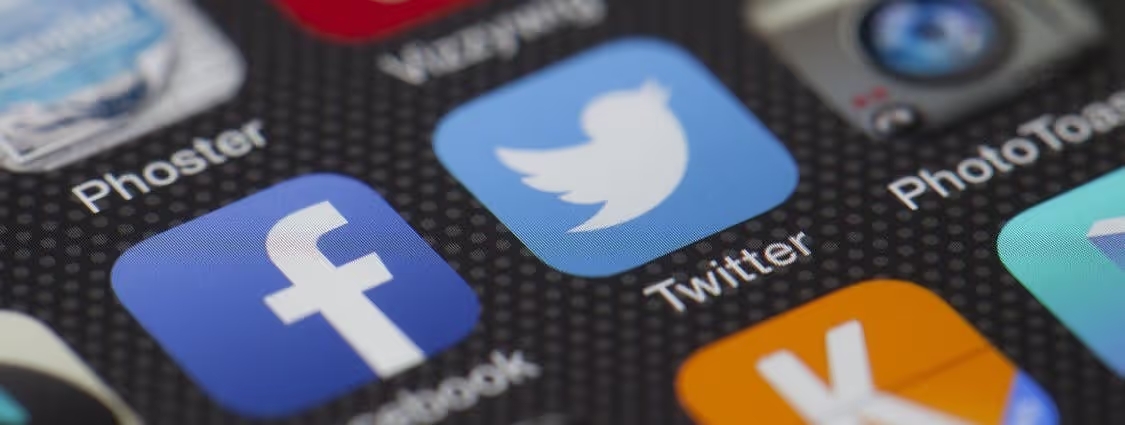


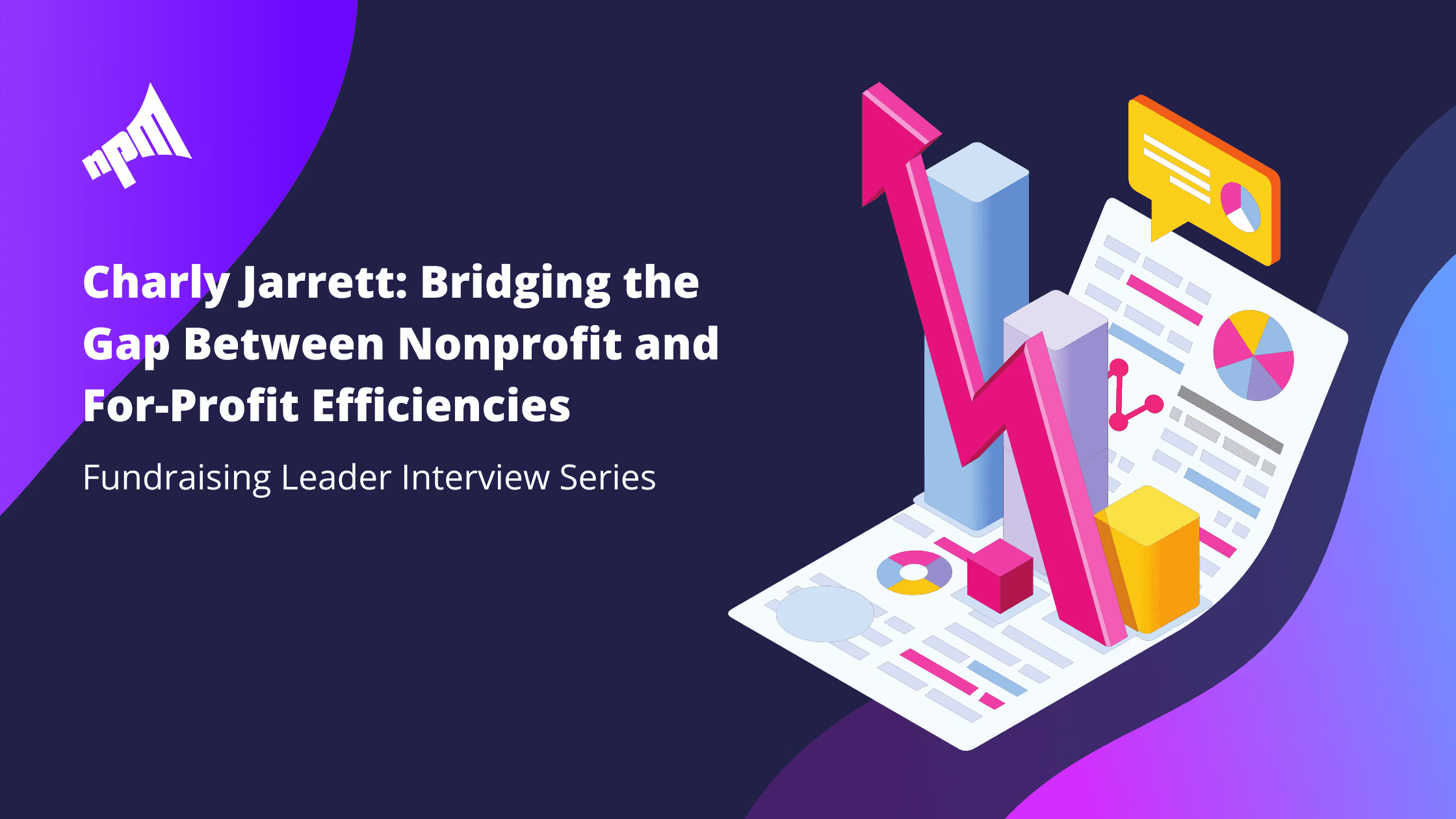
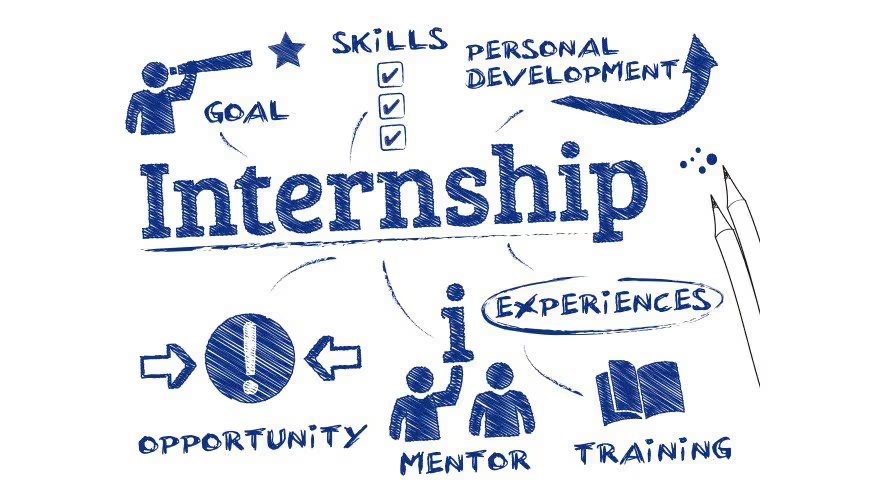

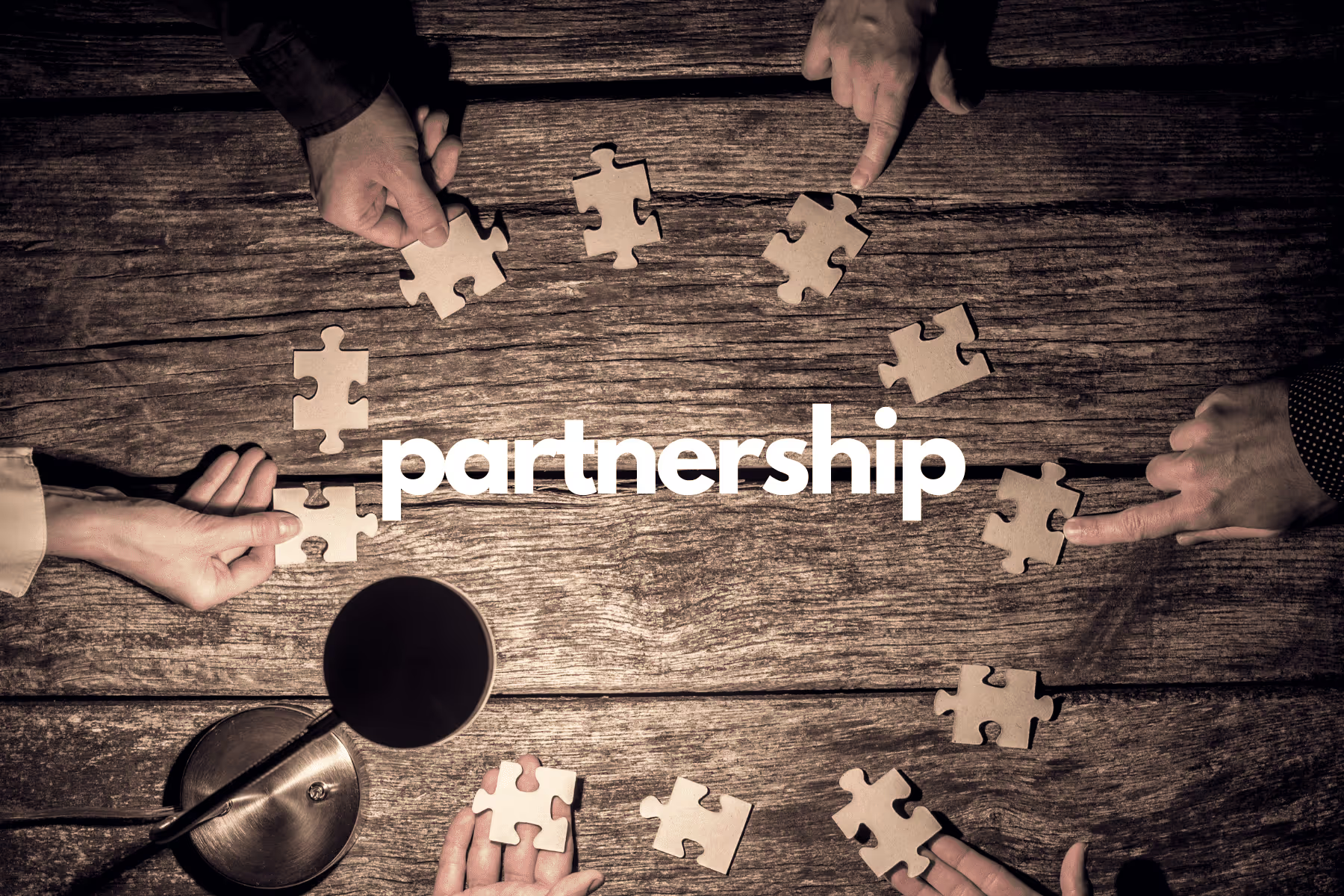


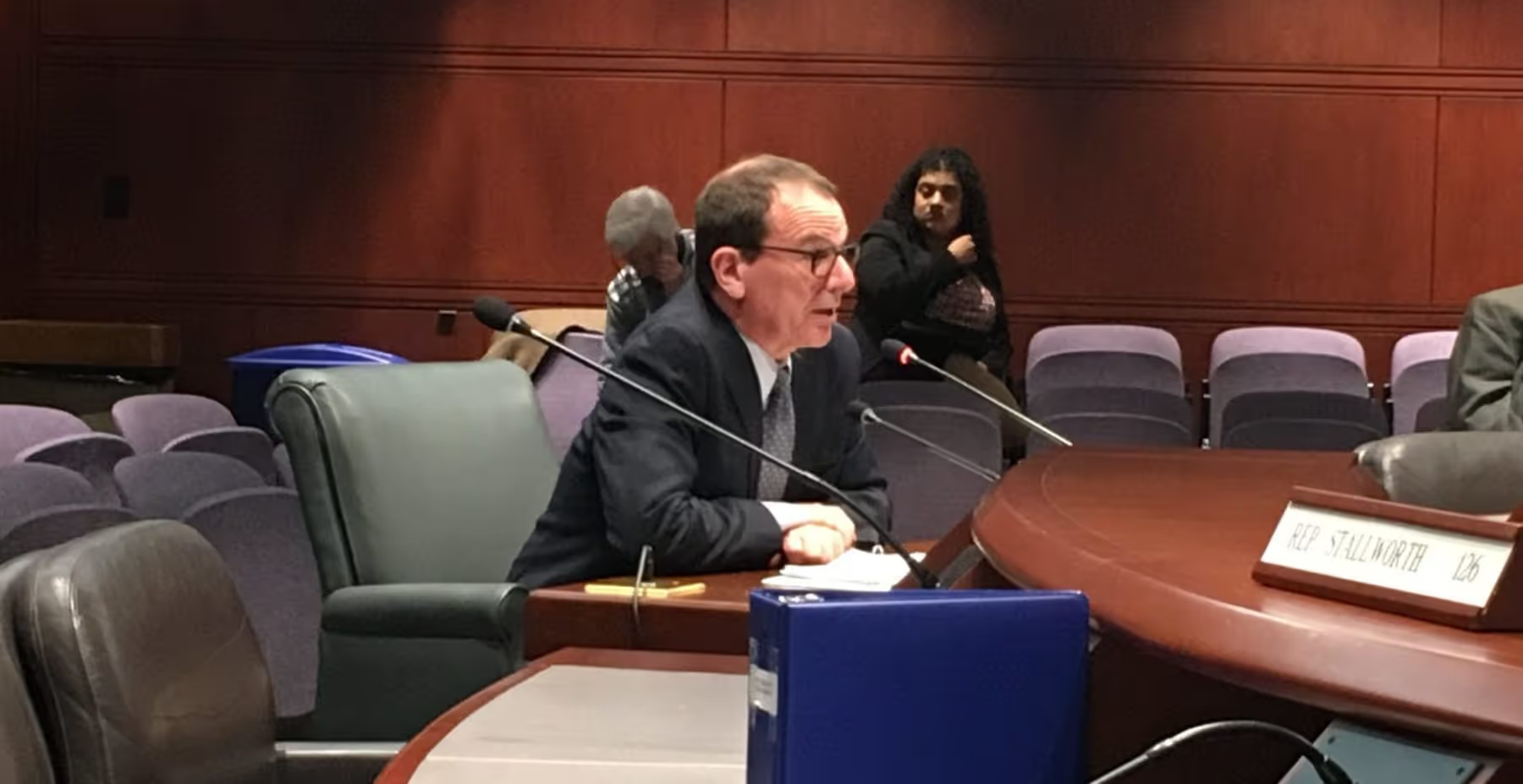




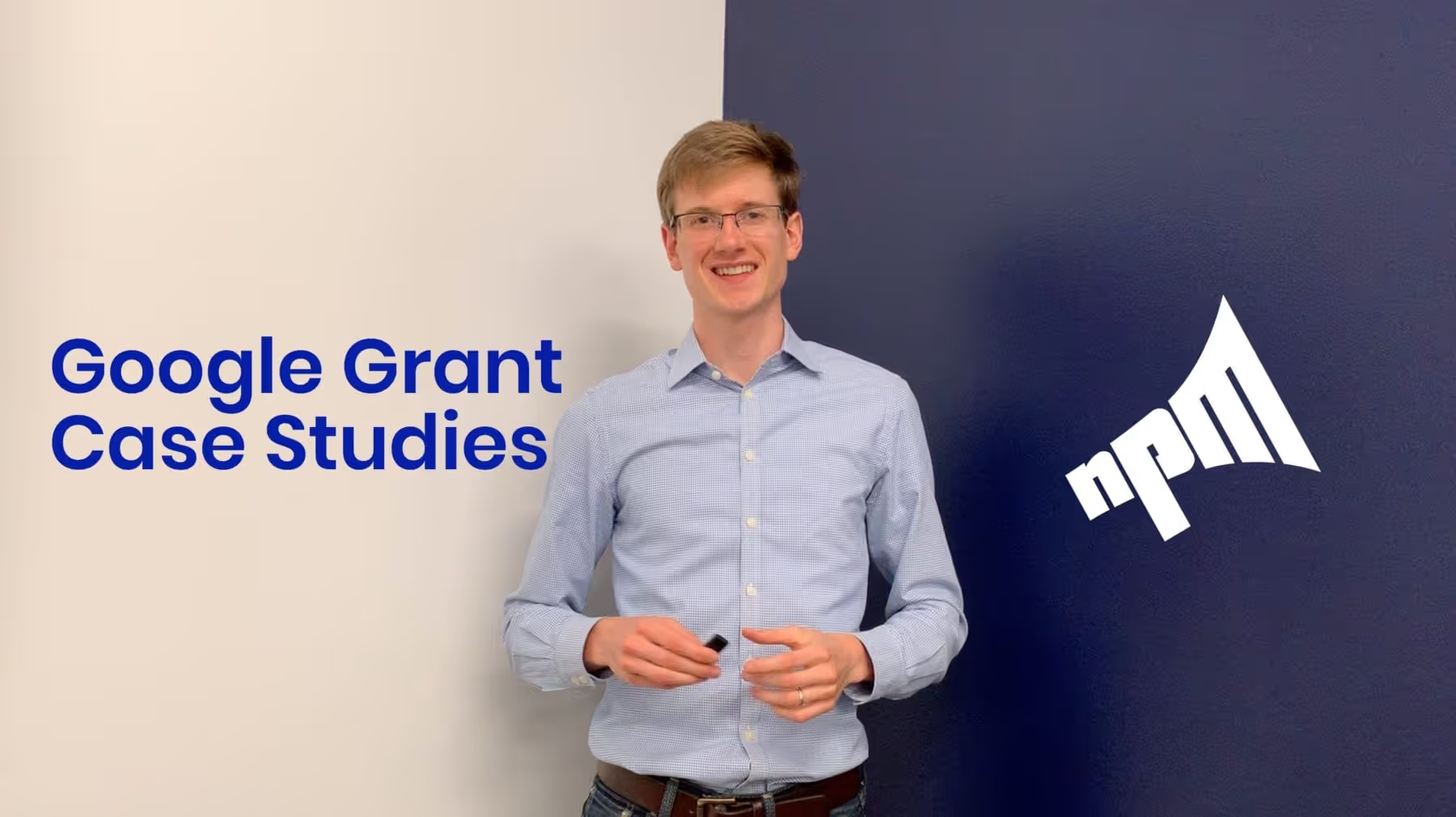

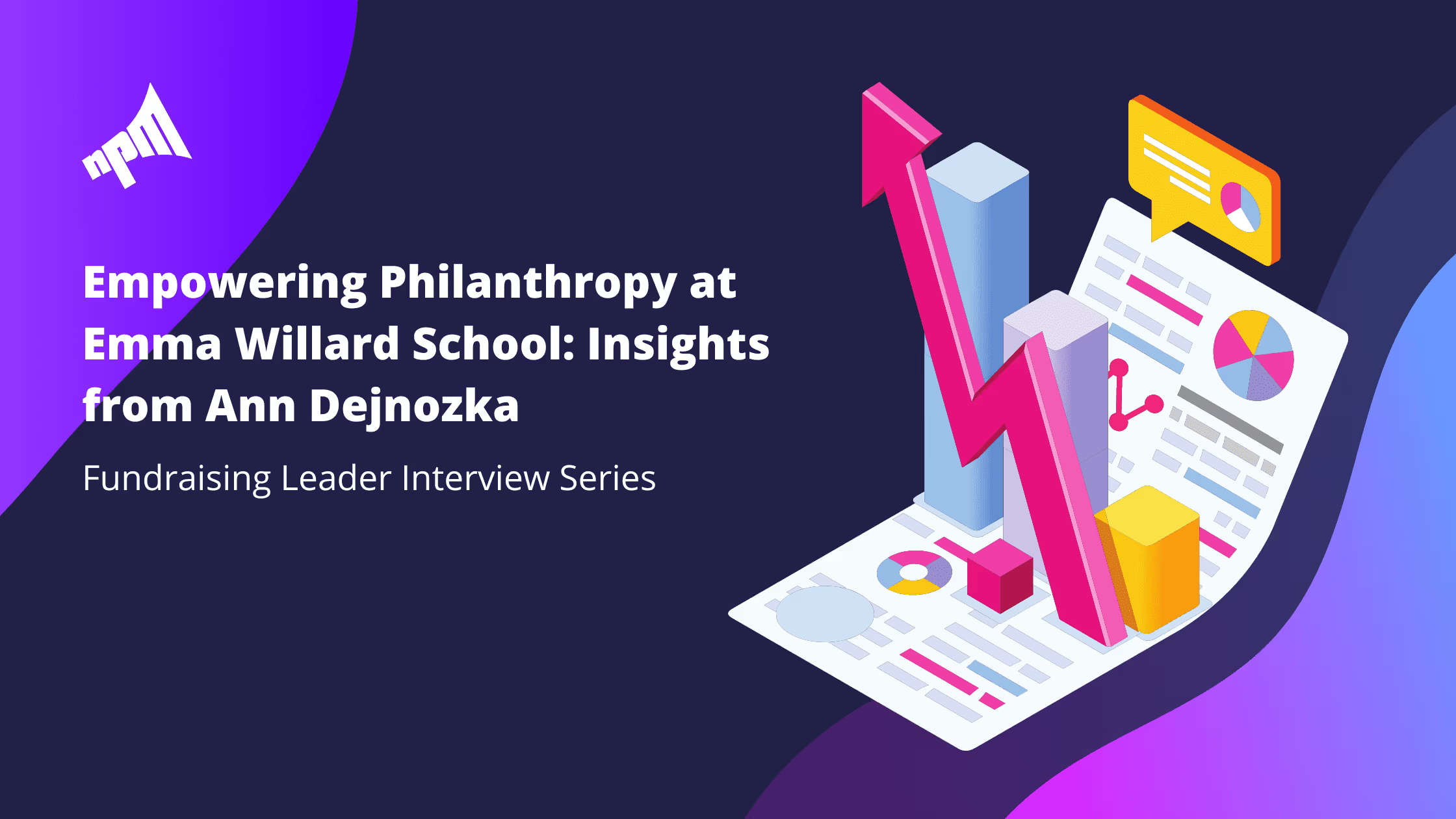









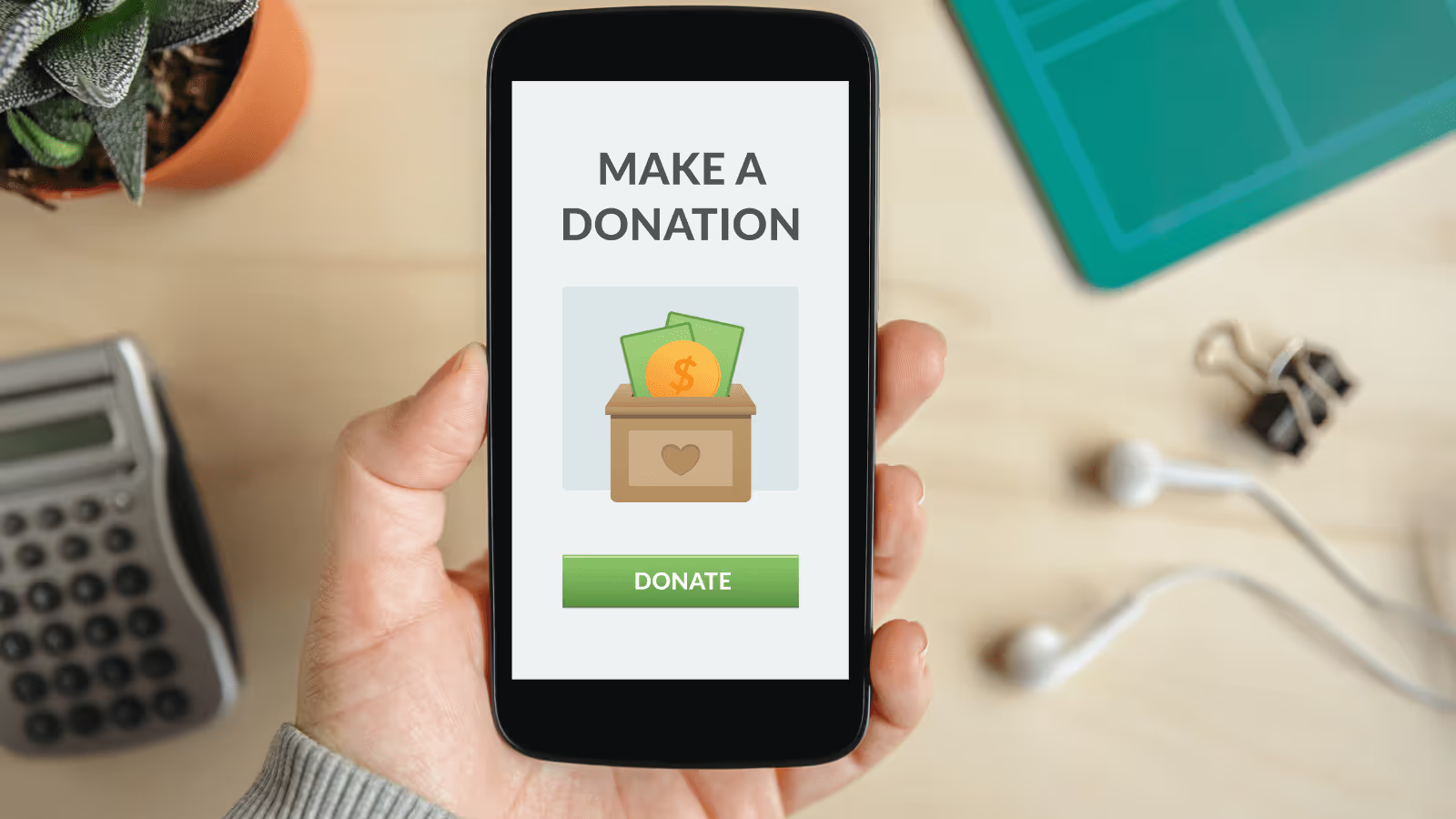
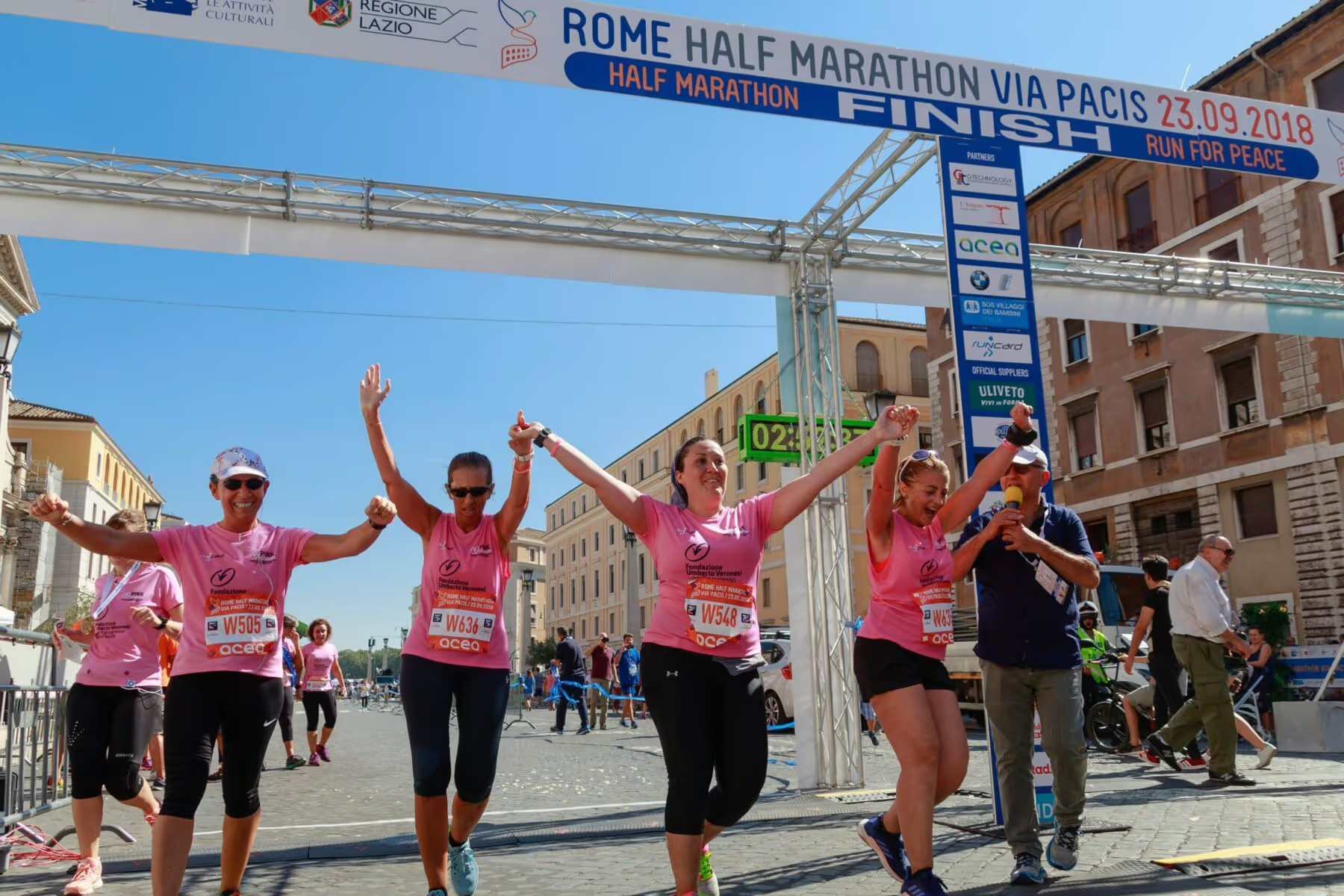



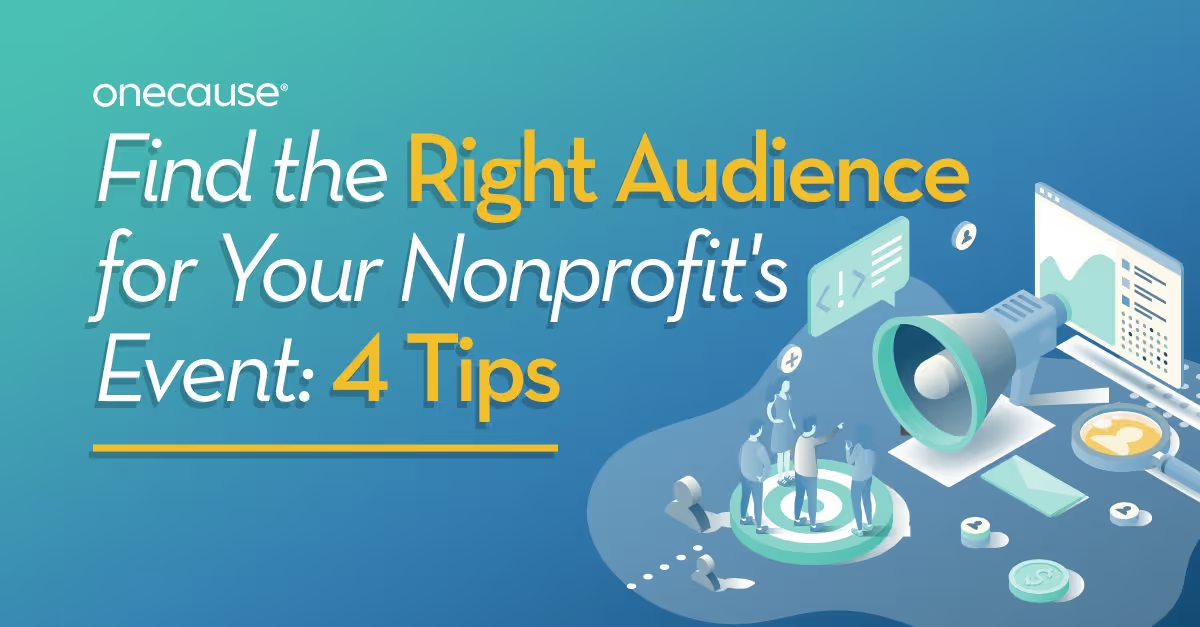

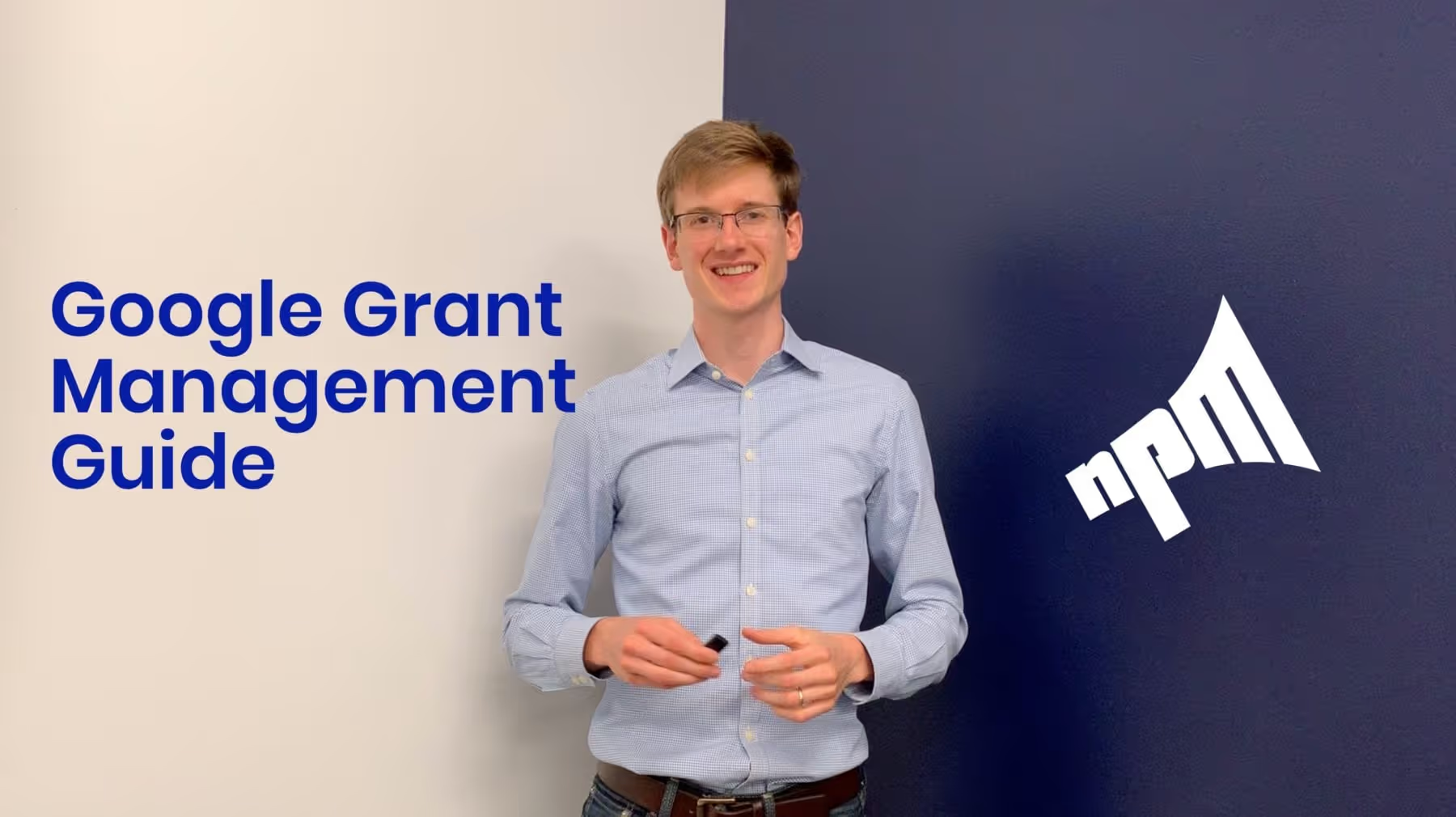
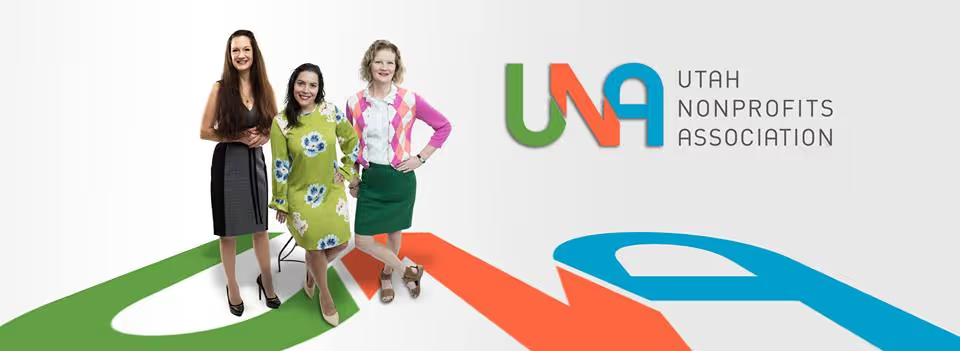

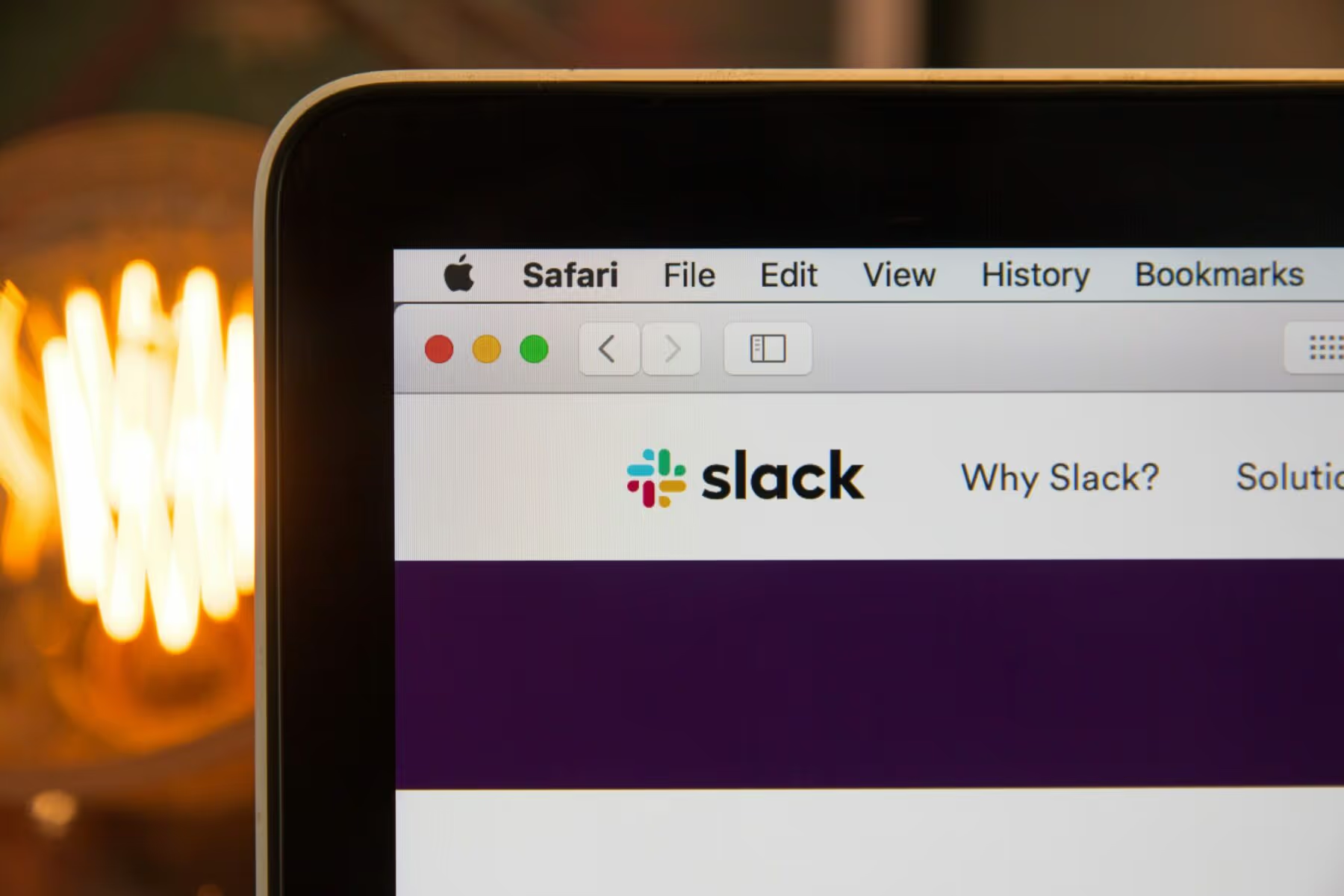










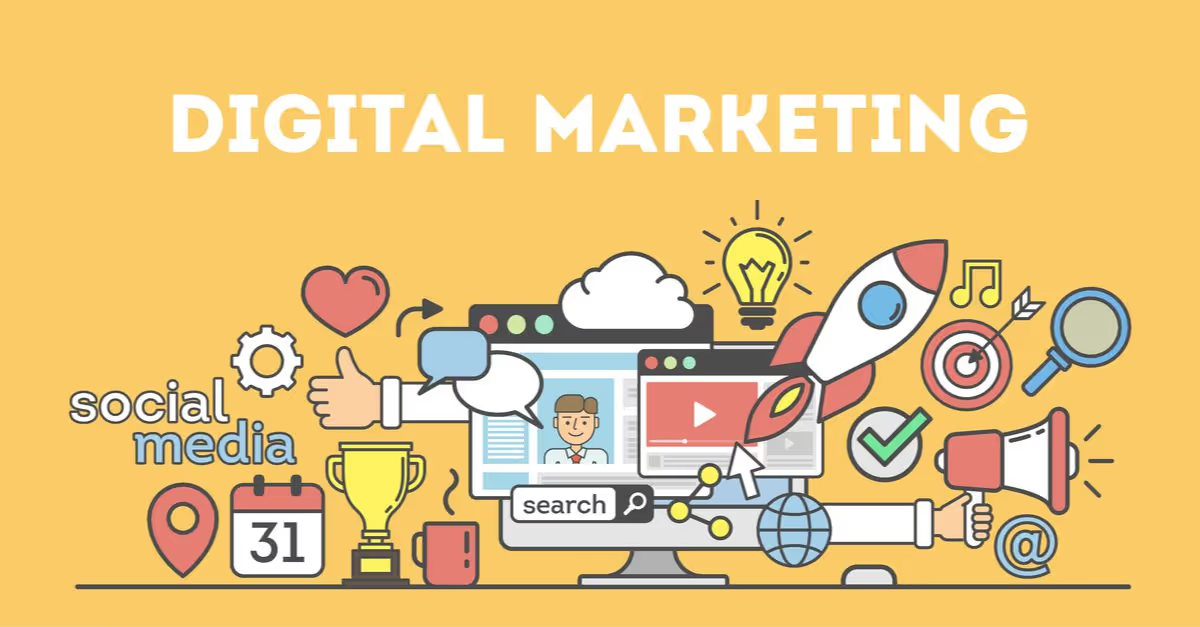




.svg)
.svg)
.svg)
.svg)